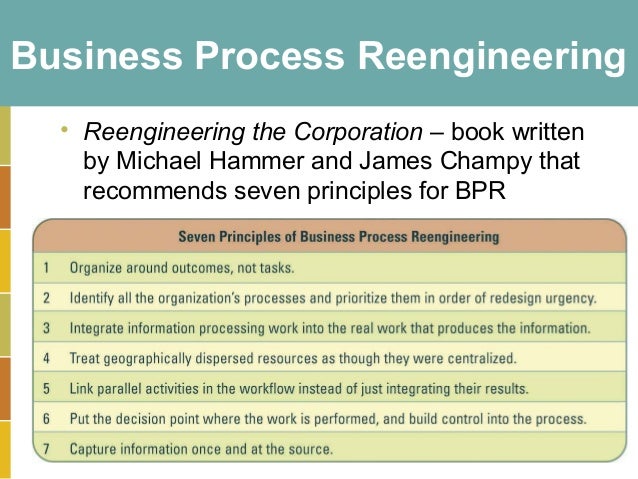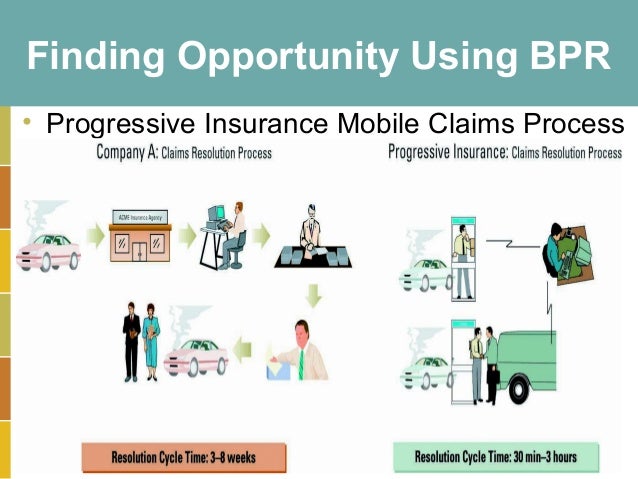CHAPTER 3: STRATEGIC INITIATIVES FOR IMPLEMENTING COMPETITIVE ADVANTAGE

LEARNING OUTCOME
- List and describe the four basic components of supply chain management
- Explain customer relationship management systems and how they can help organizations understand their customers
- Summarize the importance of enterprise resource planning systems
- Identify how an organization can use business process reengineering to improve its business
Organizations can undertake high-profile strategic initiatives including:
1. Supply chain management (SCM)
[involves the management of information flows between and among stages in a supply chain to maximize total supply chain effectiveness and profitability]
Four basic components of supply chain management include:
1.Supply chain strategy – strategy for managing all resources to meet customer demand
2.Supply chain partner – partners throughout the supply chain that deliver finished products, raw materials, and services.
3.Supply chain operation – schedule for production activities
4.Supply chain logistics – product delivery process
 |
| WAL- MART AND PROCTER & GAMBLE [P&G] SCM |
What is the effectiveness and efficientcy of SCM systems to an organization :
1.Decrease the power of its buyers
2.Increase its own supplier power
3.Increase switching costs to reduce the threat of substitute products or services
4.Create entry barriers thereby reducing the threat of new entrants
5.Increase efficiencies while seeking a competitive advantage through cost leadership
2. Customer relationship management (CRM)
•CRM is not just technology, but a strategy, process, and business goal that an organization must embrace on an enterprisewide level
•
•CRM can enable an organization to:
–Identify types of customers
–Design individual customer marketing campaigns
–Treat each customer as an individual
–Understand customer buying behaviors
 |
| CRM OVERVIEW |
3. Business process reengineering (BPR)
•Business process – a standardized set of activities that accomplish a specific task, such as processing a customer’s order
•
•Business process reengineering (BPR) – the analysis and redesign of workflow within and between enterprises
–The purpose of BPR is to make all business processes best-in-class



4. Enterprise resource planning (ERP)
•Enterprise resource planning (ERP) – integrates all departments and functions throughout an organization into a single IT system so that employees can make decisions by viewingenterprisewide information on all business operations
• Keyword in ERP is "enterprise
ERP systems collect data from across an organization and correlates the data generating anenterprisewide view

END OF CHAPTER 3

No comments:
Post a Comment